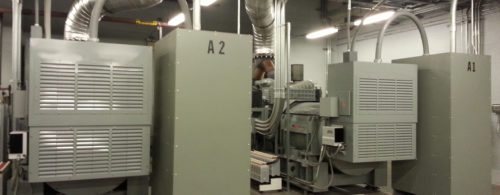Power Problems Know No Boundaries
New York and New England, which have also opened their markets to competition, are now sounding alarm bells, and getting a receptive audience for their gloomy predictions," reports the April issue of EENergy Informer, a monthly newsletter.According to the report:From Pure Power, Summer 2001.
New York and New England, which have also opened their markets to competition, are now sounding alarm bells, and getting a receptive audience for their gloomy predictions,” reports the April issue of EENergy Informer , a monthly newsletter.
According to the report:
The New York independent system operator (ISO) says that power prices might increase 14 percent between now and 2005 without new generating capacity. “Given the experience of California, where the state’s electricity bill for 2000 at $28 billion was roughly four times the 1999 figure of $7.4 billion, a 14-percent rise in wholesale prices appears too low,” the newsletter comments.
New York City is a major problem. Similar to the San Francisco peninsula, it is poorly connected to neighboring transmission grids. Even when there is excess capacity, it cannot be transmitted to the city during peak loads.
A study of the New England ISO predicts a crisis in that region by 2003. By 2005, the six states in New England will generate as much as 45 percent of their electricity from natural gas, compared to 16 percent in 1999, but the source and price of that natural gas is not at all clear.
From Pure Power, Summer 2001.
Do you have experience and expertise with the topics mentioned in this content? You should consider contributing to our CFE Media editorial team and getting the recognition you and your company deserve. Click here to start this process.




